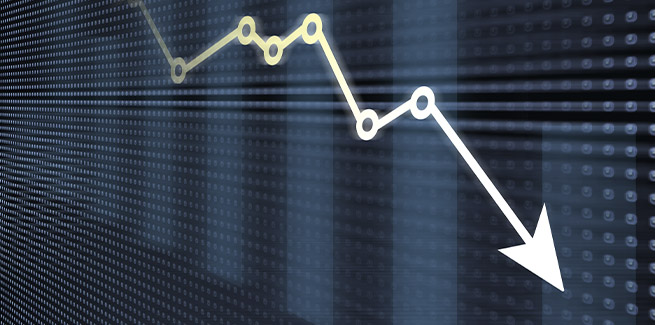According to the latest Labour Force data from the Australian Bureau of Statistics (ABS), 594,300 workers lost their jobs in April, triggering a spike in the unemployment rate, from 5.2 per cent to 6.2 per cent.
Only a fraction of those who lost their jobs actively sought employment (104,500), with approximately 489,800 Australians leaving the labour force.
This resulted in a record 2.4 percentage point fall in the participation rate, from 65.9 per cent to 63.5 per cent.
“This means there was a high number of people without a job who didn’t or couldn’t actively look for work or weren’t available for work,” the ABS’ head of labour statistics, Bjorn Jarvis, said.
Restrictions associated with the COVID-19 pandemic also spurred a sharp reduction in the number of hours worked, down 9.2 per cent month-on-month.
Around 2.7 million Australians (20 per cent of those employed in March) either left employment or had their hours reduced.
Accordingly, the underemployment rate increased to a record high of 13.7 per cent, up 4.9 percentage points.
Reflecting on the figures, Prime Minister Scott Morrison said: "This is a tough day for Australia, a very tough day. Almost 600,000 jobs have been lost, every one of them devastating for those Australians, for their families, for their communities. A very tough day.
"Terribly shocking, although not unanticipated. We knew there would be hard news as the pandemic wreaks an impact on Australia as it is on countries all around the world. And so it has been the case."
Mr Morrison urged Australians to "brace" for a further deterioration in the labour market in the months ahead.
Earlier this month, the Reserve Bank of Australia revealed that the unemployment rate could hit 10 per cent by the end of the June quarter before recovering to 7 per cent by the end of the year.
Such expectations have prompted a number of lenders to lower their risk appetites for new lending in anticipation of a spike in loan defaults.
In April, S&P Global Ratings reported that it is forecasting an 85 bps increase in credit losses across the Australian banking sector’s loan portfolio in the 2020 financial year (FY20).
The 85 bps increase, which is expected to moderate to 50 bps in 2021, amounts to approximately $29 billion in gross loans, nearly six times higher than the historic low in FY19.
Mr Morrison added: "[It] is important as a country that we stand firm and we stand together, the plan that the government has been pursuing from the outset of this outbreak has been to fight this war on two fronts, to fight the virus and to fight the economic devastation that the virus brings.
"It has always been a battle on each of these that has been critically important."
[Related: GDP to rise by $9bn a month: Treasury]
